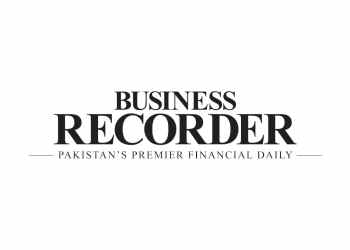SYDNEY (Reuters) – Global airlines on Monday lowered their forecast for industry profits in 2018 by 12 percent due to the rising cost of fuel and labor as well as an upturn in the interest rate cycle.
The International Air Transport Association (IATA), which represents about 280 carriers, said the airline industry is expected to post a $33.8 billion profit this year, down from a previous forecast of $38.4 billion.
Passenger yields, a proxy for air fares, are expected to rise by 3.2 percent this year, in the first annual gain since 2011, driven by growth in demand helped by a stronger economy but overshadowed by growing risks of protectionism, IATA said.
Airlines earned a record $38 billion in 2017, but comparisons to that figure are distorted by special accounting items such as one-off tax credits that boosted annual profits, the industry group said.
“Solid profitability is holding up in 2018 despite rising costs,” IATA Director General Alexandre de Juniac said. “The industry’s financial foundations are strong with a nine-year run in the black that began in 2010.”
The oil price is expected to average $70 a barrel this year, up from $54.90 a barrel last year and its previous expectation of $60 a barrel, IATA said.
Airline profits will be enough to cover the industry’s high cost of capital for a fourth year, helping to attract investment for new fleets and infrastructure. But IATA warned airlines were still operating on a knife-edge compared to many industries.
De Juniac said this year’s forecast profit of $33.8 billion represented 4.1 percent of sales of about $750 billion.
“Four percent is not a big number. It is still a fragile industry. Our capacity to resist big shocks is limited,” he told Reuters.
Fusion Media or anyone involved with Fusion Media will not accept any liability for loss or damage as a result of reliance on the information including data, quotes, charts and buy/sell signals contained within this website. Please be fully informed regarding the risks and costs associated with trading the financial markets, it is one of the riskiest investment forms possible.
Source: Investing.com




























